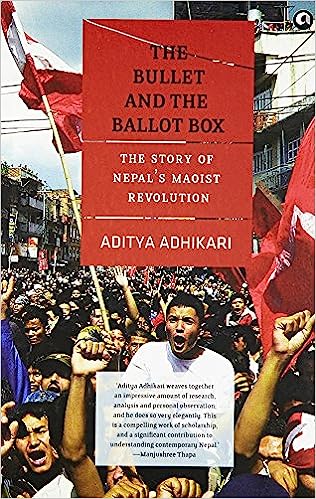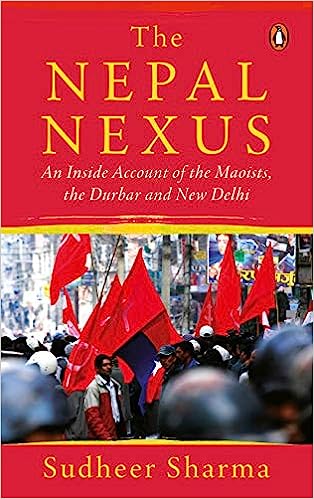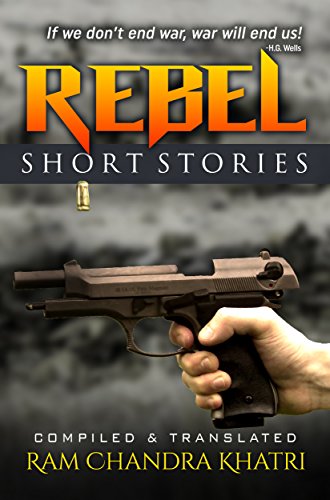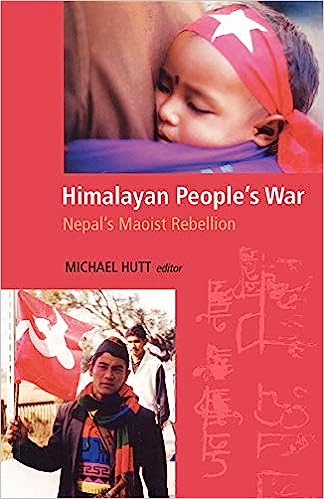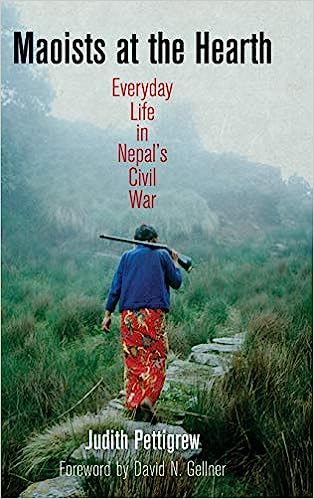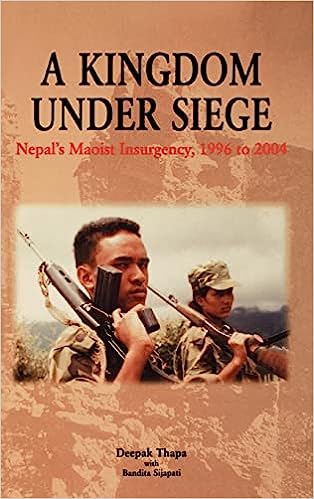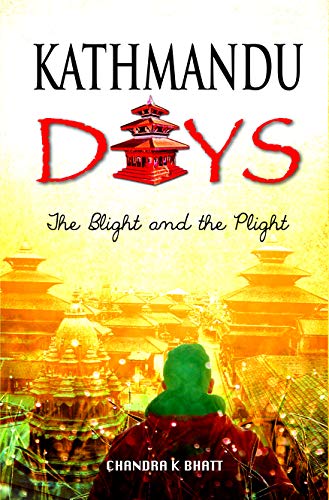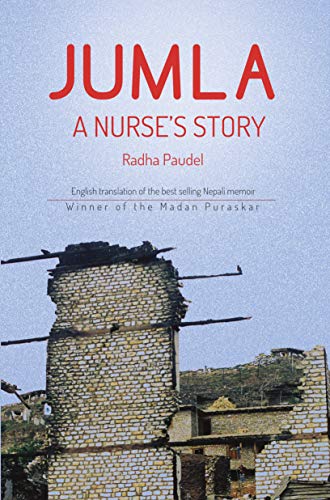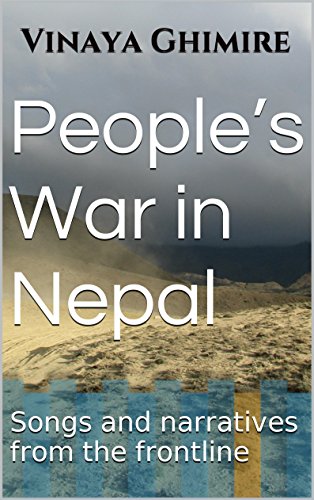
10 Books That Define the Nepali Civil War
The Nepali Civil War was a significant chapter in the country’s history from 1996 to 2006. It witnessed a fierce conflict between the government forces and the Communist Party of Nepal (Maoist), resulting in widespread violence, political upheaval, and socio-economic disruption affecting the lives of millions who were forced to live in the reign of terror. These ten books offer a profound insight into the Nepali Civil War.
The Bullet and the Ballot Box: The Story of Nepal’s Maoist Revolution
The Bullet and the Ballot Box is a compelling work written by Aditya Adhikari. Published in 2014 by Aleph Book Company, the book provides a comprehensive account of Nepal’s Maoist revolution, tracing its origins, growth, and ultimate transformation into a political force. The book delves into the Maoists’ motivations, strategies, and ideological underpinnings, comprehensively analyzing their revolutionary journey. Adhikari vividly depicts the complex interplay between armed conflict and democratic politics, providing a compelling narrative of Nepal’s transformative period.
The Nepal Nexus: An Inside Account of the Maoists, the Durbar, and New Delhi
The Nepal Nexus is an intriguing book by Sudheer Sharma, former Editor of Kantipur Daily Newspaper. Published in 2019 by India Viking, this insider’s account offers a captivating exploration of the intricate relationships between Nepal’s Maoists, the ruling Durbar, and New Delhi. Sharma provides valuable insights into the power dynamics, political maneuvers, and international influences that shaped the Nepali Civil War and its aftermath. He argues that poverty and oppression drove the Maoist revolt, and despite its failure, it played a decisive role in Nepal’s social and political transformation. The Nepali version of this book was published earlier in Nepal.
Rebel: Best Translated Stories from the Country of Mount Everest
Rebel is an anthology by Ram C. Khatri. Published in 2015 as a Kindle Edition and a print-on-demand, this collection brings together a diverse range of translated Nepali stories. From tales of human rights and loss to reflections on the Nepali Civil War, these stories offer a deep exploration of the human experience in Nepal. The anthology presents a unique opportunity for readers to immerse themselves in the vibrant literary traditions of Nepal, providing a window into the country’s rich cultural heritage and the voices of its talented storytellers.
Himalayan People’s War: Nepal’s Maoist Rebellion
Himalayan People’s War is a compelling book authored by Michael Hutt. First published in 2004 by Indiana University Press, this comprehensive work provides an insightful analysis of Nepal’s Maoist rebellion. Hutt delves into the origins of the insurgency, its growth, and the socio-political dynamics that fueled the conflict. This non-fiction book gives background information on the movement and associated events in the continuing conflict, including historical, social, and political contexts. He has translated several books from Nepali to English and authored a biography of famous Nepali poet Bhupi Sherchand.
Maoists at the Hearth: Everyday Life in Nepal’s Civil War (The Ethnography of Political Violence)
Maoists at the Hearth is a captivating ethnographic study by Judith Pettigrew and Sara Shneiderman. Published in 2013 by the University of Pennsylvania, the author delves into the everyday lives of individuals affected by the conflict, shedding light on the experiences, choices, and resilience of people living amidst political violence. Maoists at the Hearth focuses on how local social tensions were experienced and renegotiated as individuals helped (and occasionally betrayed) one another. It also examines how villager-Maoist relationships, which drew on various culturally patterned preexisting relationships, were reforged in the context of the conflict and its aftermath.
A Kingdom under Siege: Nepal’s Maoist Insurgency, 1996 to 2004
A Kingdom under Siege is an informative book by Deepak Thapa and Bandita Sijapati. Published in 2005 by Zed Books, the book provides a detailed account of Nepal’s Maoist insurgency from 1996 to 2004. It examines the insurgency’s origins, strategies, and consequences, offering valuable insights into the conflict’s political, social, and economic dimensions. The authors explain how tensions rose due to political unpredictability, governmental neglect, and the expansion of radical left politics. Numerous Nepal’s underprivileged and needy people supported the insurgency because it promised a more just and equal society. The book concludes that creating a state that treats all of Nepal’s demographic groups equally is necessary for long-lasting peace.
Kathmandu Days: The Blight and the Plight
The novel Kathmandu Days by Chandra K. Bhatt was published by Niyogi Books Pvt Ltd in 2016. The story of the civil war is paralleled by chapters focusing on the disruption and corruption it brought to Nepalese society. Nawin, his loved ones, and his friends embody that narrative. To pursue employment in Kathmandu, Nawin abandons his family obligations of caring for his stepmother and half-brother, who is crippled. Nawin and the colorful characters he encounters provide an example of both traditional Nepalese culture and the influence of the outside world. The dramatic story reveals the corruption in Nepalese society.
Jumla: A Nurse’s Story
A Nurse’s Story is a memoir by Radha Paudel. Published by Publication Nepalaya in 2018, this book narrates the author’s experiences as a nurse in the remote region of Jumla, Nepal. Paudel shares her journey, highlighting the challenges healthcare professionals face in a resource-limited setting and shedding light on the issues of gender inequality, healthcare disparities, and social norms prevalent in the region. The memoir sheds light on the crucial role of healthcare professionals in underserved areas of Nepal. She has won the prestigious Madan Puruskar(Award) for her book on a similar subject.
People’s War in Nepal: Songs and Narratives From the Frontline
Published in 2015 and edited by Vinaya Ghimire, this book, People’s War in Nepal, presents a diverse array of songs and narratives that offer a unique perspective on the Nepali Civil War. The voices of fighters and civilians come alive as they share their personal stories, capturing the conflict’s complexities, motivations, and human experiences. This non-fiction book captures the human side of war and provides a deeper understanding of the Nepali Civil War through the voices of those directly affected.
Justice: A Tale of the Nepali Civil War By Ram Khatri
A Tale of the Nepali Civil War (The Graphic Novel Book #1) is a gripping story by Ram Khatri. Published in 2023 by Restart Publishing, the narrative centers on a young girl who sets out to restore the life she left behind amid the relentless battle of the Nepali Civil War. The narrative, set in Nepal during the tumultuous Nepalese Civil War, follows 17-year-old Tara as the bloody fighting upends her family and her life. Her family is not secure anywhere. Maoist militants frequently threaten them, and the local police suspect them of supporting the opposition.


